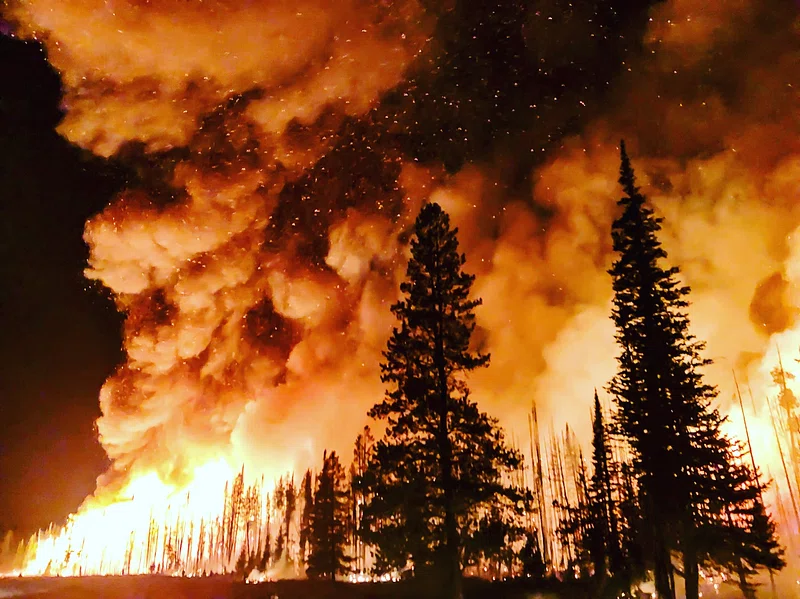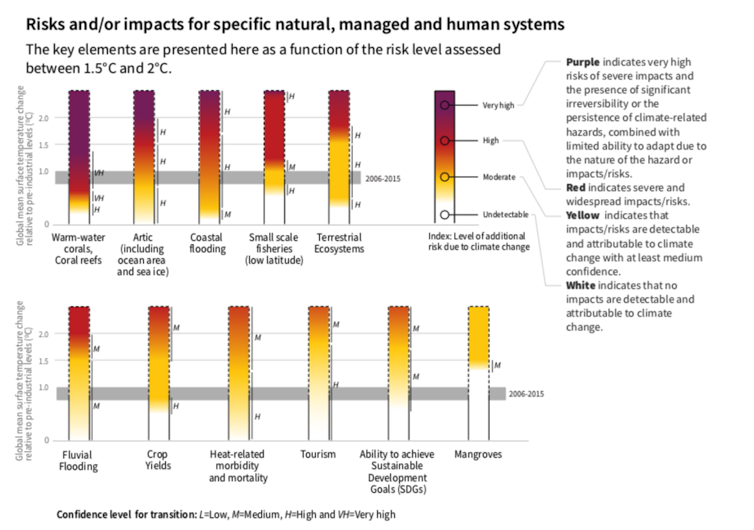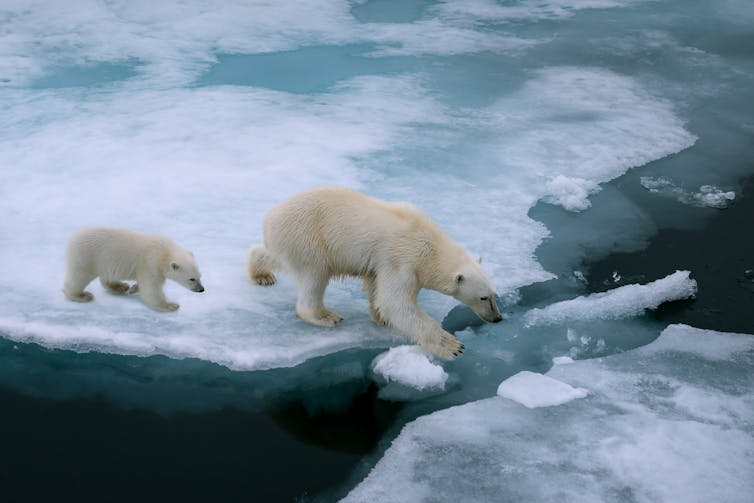Met Office: New global temperature records on the horizon
There is a 98% chance that one of next five years will be the warmest year on record for the globe.
That is the finding from the World Meteorological Organization’s (WMO) latest report: the Global Annual to Decadal Climate Update published today.
The report, which has been produced by the Met Office for the WMO, also cites there is a two-in-three chance that global average temperature in at least one of the next five years (2023-2027) will temporarily exceed 1.5°C above pre-industrial levels.
Dr Leon Hermanson is one of the Met Office scientists behind the report. He said: “Today’s report shows that the next five years are expected to bring new temperature records.
“These new highs will be fuelled almost completely by the rise of heat-trapping greenhouse gases in the atmosphere, but the anticipated development of the naturally-occurring El Nino event will also release heat from the tropical Pacific.”
Key findings at a glance
- There is 66% chance that annual global surface temperature will temporarily exceed 1.5°C above pre-industrial levels for at least one of the next five years
- There is a 98% likelihood that at least one of the next five years will be the warmest on record
- El Niño and human-induced climate change will likely combine to fuel global temperature increase next year
- Arctic heating is predicted to be more than three times higher than the global average
What does this mean for the Paris Agreement?
“This report does not mean that we will permanently exceed the 1.5°C level specified in the Paris Agreement which refers to long-term warming over many years. However, WMO is sounding the alarm that we will breach the 1.5°C level on a temporary basis with increasing frequency,” said WMO Secretary-General Prof. Petteri Taalas.
“Global temperatures are predicted to continue increasing, moving us further and further away from the climate we are used to,” said the Met Office’s Dr Leon Hermanson.
Key points
- The average global temperature in 2022 was about 1.15°C above the 1850-1900 average. The cooling influence of La Niña conditions over much of the past three years temporarily reined in the longer-term warming trend. However, La Niña ended in March 2023 and an El Niño is forecast to develop in the coming months. Typically, El Niño increases global temperatures in the year after it develops – in this case this would be 2024.
- The annual mean global near-surface temperature for each year between 2023 and 2027 is predicted to be between 1.1°C and 1.8°C higher than the 1850-1900 average. This is used as a baseline to represent pre-industrial temperature before the emission of greenhouse gases from human and industrial activities.
- There is a 98% chance of at least one in the next five years beating the temperature record set in 2016, when there was an exceptionally strong El Niño.
- The chance of the five-year mean for 2023-2027 being higher than the last five years is also 98%.
- Arctic warming is disproportionately high. Compared to the 1991-2020 average, the temperature anomaly is predicted to be more than three times as large as the global mean anomaly when averaged over the next five northern hemisphere extended winters.
- Predicted precipitation patterns for the May to September 2023-2027 average, compared to the 1991-2020 average, suggest increased rainfall in the Sahel, northern Europe, Alaska and northern Siberia, and reduced rainfall for this season over the Amazon and parts of Australia.







